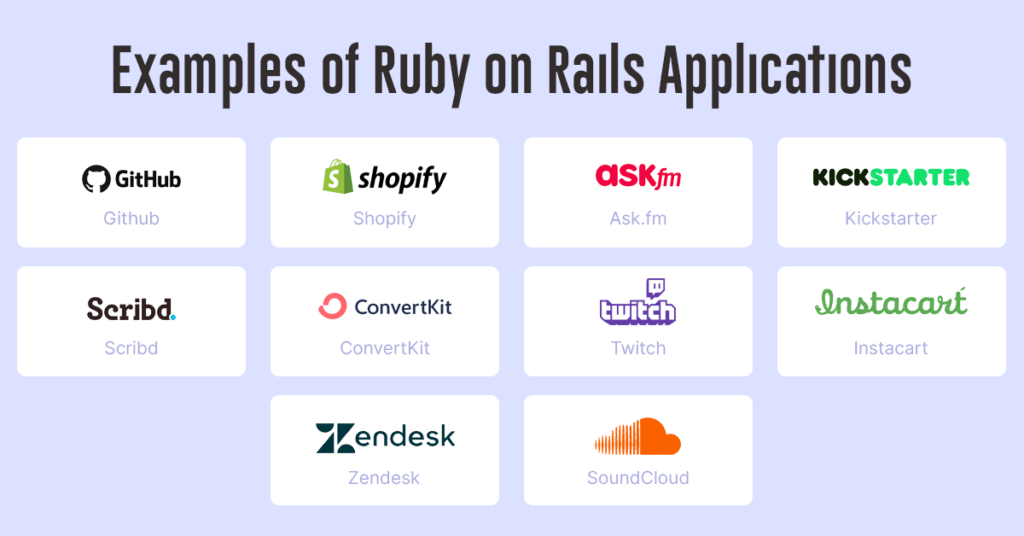3x Mall Insights
Exploring the latest trends and news in online shopping.
Ruby on Rails: The Magic Carpet Ride of Web Development
Experience the enchanting world of Ruby on Rails and elevate your web development skills on this magical journey!
Getting Started with Ruby on Rails: A Beginner's Guide
Welcome to Ruby on Rails! This powerful web application framework makes it easy for beginners to create robust programs with less code. If you are just starting out, the first step is to install Ruby and its dependencies on your system. Make sure you have the latest version of Ruby by downloading it from the official website or using a version manager like RVM or rbenv. Once you have Ruby installed, you can add Rails to your setup by running the command gem install rails in your terminal, which will also install other necessary components.
After setting up your environment, it’s time to create your first Rails application. Simply navigate to your desired directory in the terminal and run rails new my_first_app. This command generates a new directory with all the structure and files you need to get started. To run your application, move into the new directory with cd my_first_app and execute rails server. You can view your application by navigating to http://localhost:3000 in your web browser. Remember, the community is an incredible resource, so don't hesitate to explore documentation and forums as you embark on this exciting journey!

Top 5 Features of Ruby on Rails That Will Transform Your Web Development
Ruby on Rails, often referred to as Rails, is a powerful web development framework that simplifies the process of building web applications. One of its standout features is its Convention over Configuration principle, which means developers can focus more on writing code rather than on the configuration details of the application. This leads to increased productivity and enables developers to create applications more quickly. Additionally, its Don't Repeat Yourself (DRY) philosophy encourages code reusability, reducing redundancy and making maintenance easier over time.
Another significant feature of Ruby on Rails is its comprehensive set of built-in testing tools. These tools allow developers to implement test-driven development (TDD) practices effortlessly, ensuring high-quality code before deployment. Furthermore, the Active Record system provides an intuitive way to interact with the database, allowing developers to integrate database queries with minimal effort. Combined with its robust community and abundance of available gems (libraries), Ruby on Rails truly empowers developers to build sophisticated web applications efficiently.
Common Questions About Ruby on Rails: Is It the Right Framework for You?
When considering whether Ruby on Rails is the right framework for your project, it's essential to assess your specific needs and goals. Ruby on Rails is known for its convention over configuration approach, which means it is highly opinionated and can significantly speed up the development process. This framework is particularly suited for startups and projects that require rapid development and iteration. Some common questions include:
- What kind of applications can I build with Ruby on Rails?
- How does it compare to other frameworks like Django or Laravel?
Another critical aspect to consider is the community support and the ecosystem surrounding Ruby on Rails. With a large and active community, developers can easily find resources, plugins, and libraries to enhance their projects. However, potential developers may ask:
- Is it easy to find developers experienced with Ruby on Rails?
- What are the long-term maintenance and scalability prospects?
These considerations can help you determine if Ruby on Rails aligns with your project's requirements.